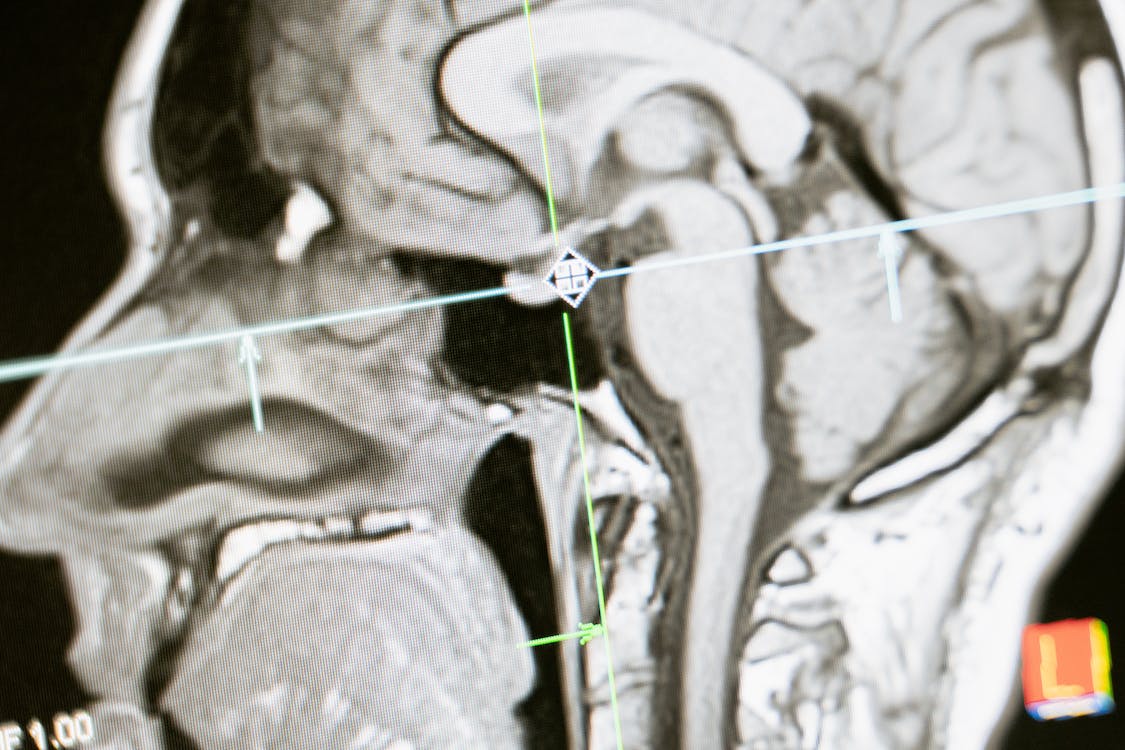On Wed, Aug 14, 2024 from 5:30pm - 6:30pm, we are hosting a FREE Hip Pain Workshop [ Online
] - Click here for more info
September 23, 2022

With high school sports in full gear and NFL in full swing, concussions are certain to ramp up within the mainstream consciousness. And while talk will often point to conventional wisdom which states that “time and rest” are the best and only options for recovery from concussion, physical therapist Mary Rose Strickland says that studies now suggest managed exercise and movement can hasten recovery.
“It wasn’t that long ago when concussion sufferers were told not to move – to rest, with no exercise, until symptoms improved,” said Strickland, physical therapist at New Life Physical Therapy. “Today, while rest remains important, it’s become increasingly important to get moving with a careful, managed exercise program as this can benefit recovery.”
In 2010, researchers at the University of Buffalo were the first to show that specialized exercise regimens can relieve prolonged concussion symptoms.
The study focused on both athletes and non-athletes and was published in the Clinical Journal of Sports Medicine. Researchers based their findings on the hypothesis that “the regulatory system responsible for maintaining cerebral blood flow, which may be dysfunctional in people with a concussion, can be restored to normal by controlled, graded, symptom-free exercise.”
Nearly 3.8 million people suffer from concussions each year in the U.S., according to the Centers for Disease Control and Prevention (CDC), and many are the result of athletic injuries and motor vehicle accidents. From 5 to 10 percent of these people may experience concussion symptoms that last beyond six weeks.
“As health care professionals, physical therapists are in an ideal position to provide one-on-one care for concussion sufferers, from evaluation through treatment,” said Strickland. “Concussions are a serious and complex medical condition, involving a mild traumatic brain injury (mTBI) that can hold you back for days … even weeks. A physical therapist, along with other healthcare providers working as a team, can guide a patient through the healing process, making recovery more proactive and possibly even quicker.”
Individualized care is key, according to Strickland. In fact, according to the American Association of Physical Therapy (APTA), a physical therapist will first provide concussed patients with thorough neurological, orthopedic, and cardiovascular evaluations prior to developing a personalized treatment plan that addresses an individual’s needs and goals.
Then, following some rest and recovery, a physical therapist can determine when it’s best to begin treating the problems related to the concussion (e.g., dizziness, balance, and headaches) while also starting a light, guided exercise program for the restoration of strength and endurance, putting the patient on track toward full recovery.
“A physical therapist will be with you every step of the way as you gradually return to normal life and activities, whether they include work, hobbies, or competitive sports,” said Strickland. “This is a guided process that’s different for each concussion sufferer, one that requires medical professionals, including physical therapists, to manage and monitor increases in activity levels for the long-term safety of the patient.”